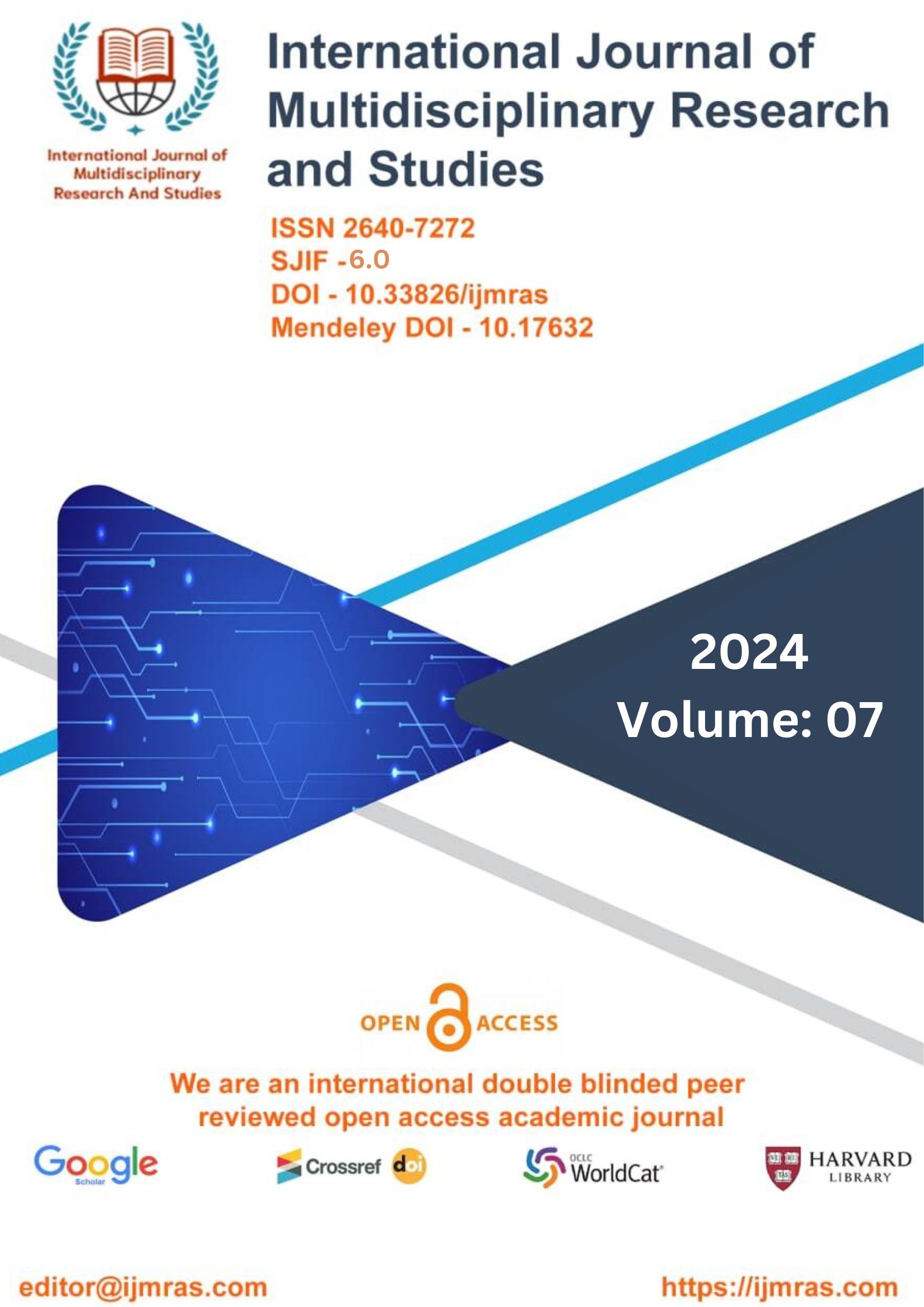Evaluating the relationship between headache and sleeplessness, anxiety, and depression among Hong Kong Chinese women

Abstract
As research has shown, "In the general population, there is a robust correlation between sleep apnea, headaches, and mood disorders. Daily, morning headaches will be associated with SDBD. Compared to their pre- and post-menopausal counterparts, perimenopausal women are more likely to experience sleep disruptions, headaches, and low mood "counterparts.
when compared to "After one month, both Caucasians and Hong Kong Chinese reported lower rates of insomnia (11% versus 29%) (Leger et al., 2000, Li et al., 2002). Within a year, 37% of Hong Kong Chinese and 38% of Whites will suffer from frequent headaches (Cheung, 2000, Hagen et al., 2000). Hong Kong Chinese showed lower rates of depression and greater rates of anxiety (2% vs. 13% and 9% vs. 4%, respectively, in lifetime prevalence) than Caucasians. (Chen et al., 1993; Grant et al., 2005; Hasin et al., 2005). Parker et al. (2001) hypothesize that differences in the prevalence of depression may be due to people's reluctance to admit they have a mental health problem or to the physical manifestations of their symptoms. Because of these differences in prevalence, it is hypothesized that Hong Kong Chinese and Caucasian individuals will have different associations between insomnia, headaches, and mood. The benefits are significant "for the purpose of researching the relationship between insomnia, headaches, and mental health issues amongst the Chinese population of Hong Kong.
Keywords
Mood Disorder, Insomnia, HeadacheHow to Cite
References
Alberti A. Headache and sleep. Sleep Medicine Reviews 2006; 10:431-437.
Alberti A, Mazzotta Gallinella E, Sarchielli P. Headache characteristics in obstructive sleep apnea syndrome and insomnia. Acta Neurologica Scandina vica 2005; 111:309-316.
American Academy of Sleep Medicine. ICSD-2—international classification of sleep disorders, 2nd ed.: diagnostic and coding manual. Westchester, IL: American Academy of Sleep Medicine; 2005.
APA. Diagnostic and Statistical Manual of Mental Disorders, 4th ed. DSM-IV. Washington, DC: American Psychiatric Association; 1994.
Baker A, Simpson S, Dawson D. Sleep disruption and mood changes associated with Irienopause. Journal of Psychosomatic Research I 997 ;43(4) :359-369.
Bastien CH, Vallieres A, Morin CM. Validation of the insomnia severity index as an outcome measure for insomnia research. Sleep Medicine 2001 ;2:297-307.
Belanger Morin CM, Langlois F, Ladouceur R. Insomnia and generalized anxiety disorder (GAD): effects of cognitive behavior therapy for GAD on insomnia symptoms. Journal ofAnxiety Disorders 2002; 18:561-571.
Bjelland I, Dahi AA, Haug TT, Neckelmann D. The validity of the Hospital Anxiety and Depression Scale and updated literature review. Journal of Psychosomatic Research 2002; 52: 69-77.
Boardman HF, Thomas E, Milison DS, et al. Psychological, sleep, lifestyle, and comorbid associations with headache. Headache 2005 ;45 :657-669.
Breslau N, Roth T, Rosenthal L, Andreski P. Sleep disturbance and psychiatric disorders: a longitudinal epidemiological study of young adults. Biological Psychiatry 1996;39:41 1-4 18.
Brun J, Claustrat B, Saddier P, Chazot G. Nocturnal melatonin excretion is decreased in patients with migraine without aura attacks associated with menses.Cephalalgia 1995;15: 136-139.
Bussone G, Usai S, Grazzi L, Rigamonti A, Solari A, Amico DD. Disability and quality in different primary headaches: results from Italian studies. Neurological Sciences 2004;25: S105-S 107.
Claustrat B, Loisy C, Brun J, Beorchia S, Arnaud JL, Chazot G. Nocturnal plasma melatonin levels in migraine: a preliminary report. Headache 1938; 29:242-245.
Dennerstein L. Well being, symptoms and the menopausal transition. Maturitas 1996;23: 147-157.
Dodick DW, Eross EJ, Parish JM. Clinical, anatomical, and physiologic relationship between sleep and headache. Headache 2003; 43 :282-292.
Duru G, Auray JP, Gaudin AF, Dartigues JF, Henry P, Lanteri-Minet M, Lucas C, Pradalier A, Chazot G, El Hasnaoui A. Impact of headache on quality of life in a general population survey in France (GRIM2000 Study). Headache 2004;44:57 1-580.
Finn L, Young T, Palta M, Fryback DG1. Sleep-disordered breathing and selfreported general health status in the Wisconsin sleep cohort study. Sleep 1998;21 (7):70 1-706.
Goder R, Friege L, Fritzer G, Strenge H, Aldenhoff SB, Hinze-Selch D. Morning headaches in patients with sleep disorders: a systemic polysomnographic study. Sleep Medicine 2003;4:385-391.
Lam PM, Leung TN, Haines C, Kwok HC. Climacteric symptoms and knowledge about hormone replacement therapy among Hong Kong Chinese women aged 40-60 years. Maturitas 2003;45 :99- I 07.
Lim L, Hg TP, Chua HC, Chiam PC, Won V, Lee T, Fones C, Kua ER. Generalized anxiety disorder in Singapore: prevalence, co-morbidity and risk factors in a multiethnic population. Social Psychiatry and Psychiatric Epidemiology 2005;40:972-979.
Lipton RB, Hameisky SW, KolodnerKB,Stenier TJ, Stewart WF. Migraine, quality of life, and depression. A population-based case-control study.Neurology 2000;55:629-635.
Morin CM, Colecchi C, Stone J, Sood R, Brink D. Behavioral and pharmacological therapies for late-life insomnia: a randomized controlled trial. JAMA 1999;281(1 1):991-999.
National Heart, Lung, and Blood Institute Working Group on Insomnia. Insomnia: assessment and management in primary care. American Family Physician 1999;59:3029-3038.
Neckelmann D, Mykietun A, Dahl AA. Chronic insomnia as a risk factor fordeveloping anxiety and depression. Sleep 2007;30(7):873-880.
Paiva T, Batista A, Martins P, Martins A. The relationship between headachesand sleep disturbances. Headache 1995 ;35:590-596.
Parker G, Gladstone G, Chee KT. Depression in the planet’s largest ethnic group:the Chinese. The American Journal of Psychiatry 200 1;158:857-864.
Peppard PE, Szklo-Coxc M, Hia KM, Young T. Longitudinal association of sleep-related breathing disorder and depression. Archives of Internal Medicine2006; 166: 1709-17 15.
Peres MFP, Sanchez del Rio M, Seabra MLV, TUfik S, Abraham J, Cipolia-Neto3, Silberstein SD, Zukerman E. Hypothalamic involvement in chronic migraine.Journal of Neurology Neurosurgery and Psychiatry 2001;71:747-751.
License
Copyright (c) 2024 WU ENQI , DR. FARRA AIDAHJUMUDDIN

This work is licensed under a Creative Commons Attribution 4.0 International License.
Individual articles are published Open Access under the Creative Commons Licence: CC-BY 4.0.



